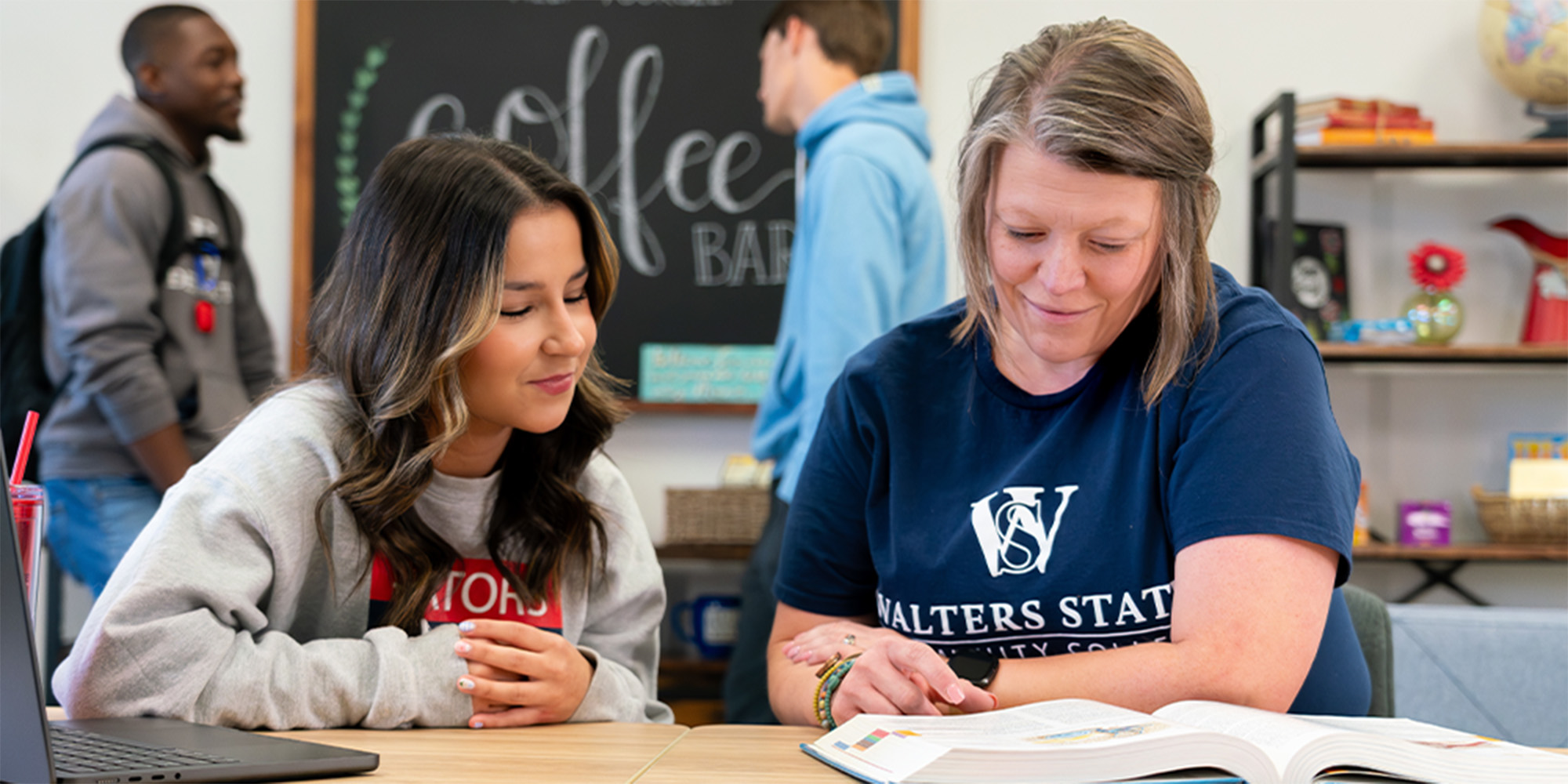We Can't Find That Page
Can we help you find what you are looking for?
If you are looking for Walter State or Walters State Community College, you have come to the right place. WSCC focuses on student success. We want you to achieve your goals. Whether you want to transfer to a four-year college, start a new career, or enroll in dual enrollment classes, we will help you get there. Start Writing Your Story today!
Contact Walters State

Reach out to Walters State with your questions and explore our directories and contact information.
Card link
Senators Central is here to guide you from start to finish as you navigate your college journey.
Card linkWe can help you reach your academic goals and save thousands by attending Walters State Community College.
Card link
